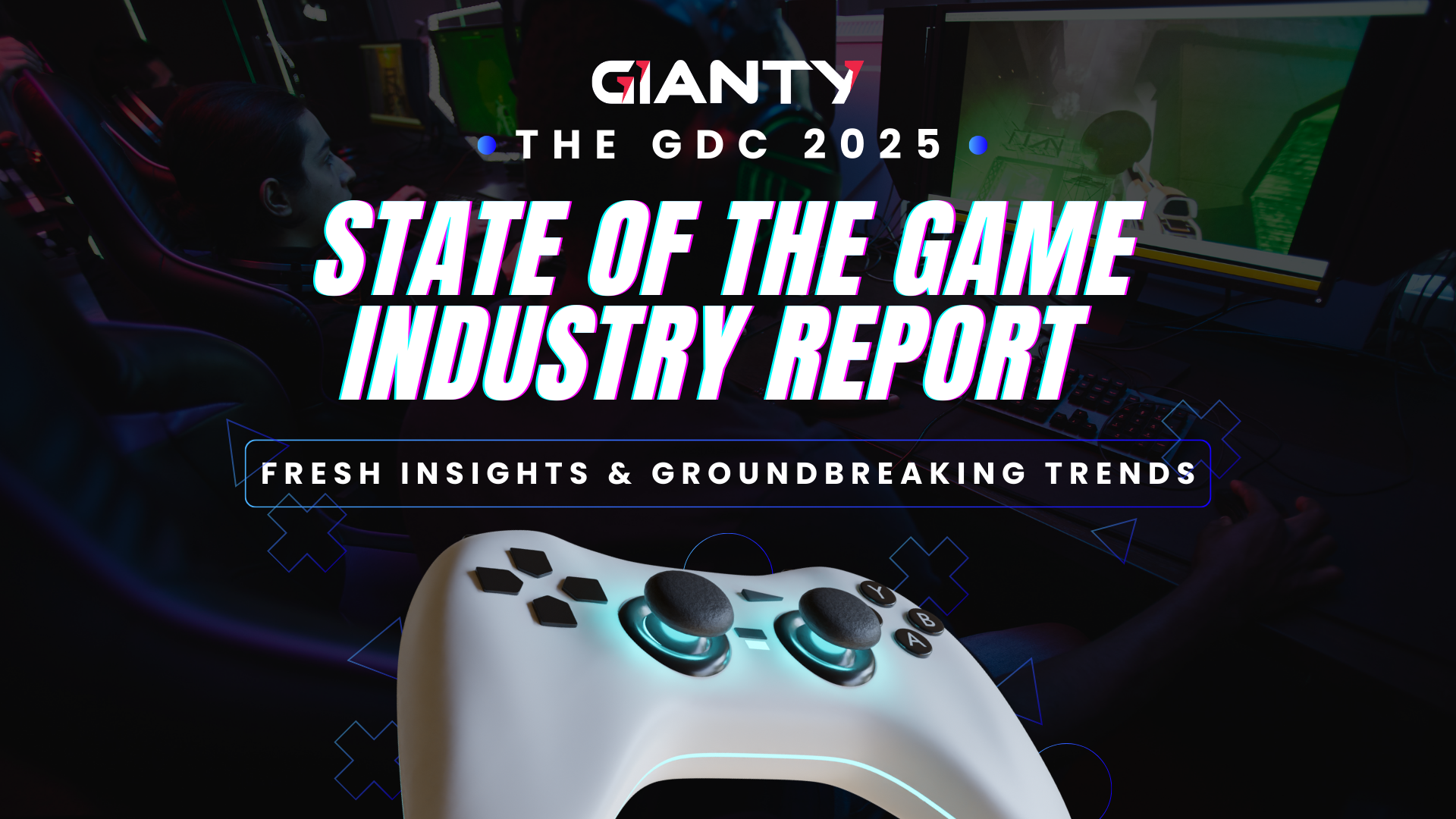Gamification is the integration of gaming dynamics into non-game contexts to leverage the motivational aspects inherent in games.
With a market valued at $9.1 billion in 2020, it’s anticipated to reach $30.7 billion by 2025. It aims to inject enthusiasm into routine tasks, enhancing engagement and performance across various sectors such as government services, work environments, crowdsourcing, commerce, health, education, environmental initiatives, marketing, and advertising.
Researchers are actively investigating the psychological mechanisms underlying gamification’s motivational effects.
Recent studies focus on dissecting individual gaming elements to understand their specific psychological functions, crucial for effective gamification design.
Among these elements, the leaderboard emerges as one of the most widely used and extensively researched components.
What is a leaderboard?
It’s a popular tool in gamification, and serves to amplify engagement by facilitating social comparisons.

They function as a ranking system, displaying the performance of players or teams and offering feedback on one’s standing compared to others. This fosters a competitive spirit, motivating users to enhance their performance as they compare themselves to peers.
Across various contexts, leaderboards have demonstrated positive outcomes. Previous research highlights their significance as one of the most utilized game elements in gamification, effectively driving motivation through competition.
They are recognized as one of the ten key ingredients in game design and one of the seven primary game mechanics. Additionally, they feature prominently among the twelve elements people appreciate in gamification, contributing to the overall enjoyment of a game.
Notably, they fulfill three fundamental motivations: leading others, seeking attention, and gaining status.
Consequently, they hold a valuable position among the ingredients of a compelling game, particularly in massive multiplayer online (MMO) gaming environments.
Leaderboard examples in Roblox games

Roblox, being a platform for user-generated games, hosts a variety of titles with successful leader boards. Here are some examples:
1. Jailbreak
This is one of the most popular games on Roblox, where players can either be criminals escaping prison or police officers preventing escapes. It features leaderboards for various achievements such as most money earned, most arrests made, longest time survived as a criminal, etc.

2. Tower of Hell
In this game, players race against each other to climb a procedurally generated tower filled with challenging obstacles. The leader board tracks the fastest times to complete each level or the entire tower.
3. Adopt Me!
A role-playing game where players can adopt and raise virtual pets. The leader board here could track players with the most rare pets, the wealthiest players, or those with the highest-level pets.

4. Ninja Legends
This is a martial arts-themed game where players train to become powerful ninjas. Leader boards in this game may track stats such as the highest ninja level reached, the most powerful sword obtained, or the most enemies defeated.
5. MeepCity
A social hangout game where players can customize their avatars, decorate their houses, and interact with others. Leader boards here might include players with the highest number of friends, the most visited houses, or the most in-game currency earned.
6. Murder Mystery 2
A game where players are assigned roles as innocent bystanders, sheriffs, or murderers. The leader board could display statistics like the most successful murderers (highest kill streak), the best detectives (most murderers caught), or the most rounds survived as an innocent.

These are just a few examples, but there are countless other games on Roblox with their unique leaderboards tailored to their gameplay mechanics and objectives. Leaderboards often serve to motivate players by providing recognition for their accomplishments and encouraging friendly competition within the community.
Some interesting research on the leader board
While people acknowledge the leaderboard’s motivational impacts, such as heightening user engagement, enhancing performance, and increasing participation, concerns have been raised regarding potential negative effects, with some studies suggesting that leader boards could become a demotivating factor due to excessive competition.
Studies in digital gaming have explored how players are motivated differently based on their leader board positions.
- Butler (2013) found that leaderboard ranks were not correlated with fun ratings, and lower-ranked players were more likely to replay the game.
- Sun et al. (2015) discovered that players in certain positions, such as 2nd, 4th, and 7th, reported higher satisfaction and enjoyment levels and were more inclined to replay and recommend the game.
- Bowey et al. (2015) revealed that higher-ranked players felt more competent, autonomous, and immersed in the game.
Gamification research has also focused on leader board positions.
- Jia et al. (2017) found that users generally preferred higher ranks, and motivation remained high even for those at the bottom of the leader board.
- Nebel et al. (2016) noted that lower-ranked learners exhibited higher competitive effort and better retention.
- Bai et al. (2021) discovered differences in motivation and engagement based on absolute and relative leader board studies.
- Codish and Ravid highlighted differences in how extraverted and introverted individuals perceive leader boards, while Jia et al. found that more extraverted individuals prefer leader boards in personal informatics systems.
- Additionally, a study on Olympic Games leader boards revealed that bronze medalists reported higher happiness levels than silver medalists.
Previous research has explored moderators of leader board effects, such as personal development competitiveness and trait competitiveness. While some studies supported the influence of these moderators, others did not find significant effects.
Psychological mechanisms underlying leaderboard use include:
- Competition as a primary principle, goal-setting function, and the need for competence. According to Self-determination theory (SDT), competence is a fundamental psychological need related to the desire for mastery and effectiveness in one’s environment.
- Unmet needs, as suggested by Sheldon and Gunz (2009), can also drive motivation and actions.
- Tillery and Fishbach (2014) proposed dimensions of motivation, including outcome-focused and process-focused motivation, which can indicate intrinsic or extrinsic motivation.
Practical implications for designing leaderboards
Derived from gamification research, encompass several key considerations:
1. Domain-Specific Design
Tailor leaderboards to suit the domain where they will be implemented.
In social networking contexts, leaderboards should prioritize facilitating communication among friends rather than solely emphasizing competition. For instance, showcasing long-time, no-contact friends or shared-interest strangers may enhance engagement more effectively than focusing solely on performance metrics within stable friend groups.
Similarly, in fitness applications, leaderboards can introduce an element of playfulness, encouraging participants to increase physical activity.
Workplace leaderboards should be implemented cautiously, as they can either improve punctuality or reduce performance depending on their visibility and impact on employees’ perceptions.
2. Fairness in Competition
Ensure that the competitive activities used to seed leaderboards promote a sense of fairness among users.
Consider individual personality differences, as extraverts may perceive leaderboards differently in various contexts.
3. Participant Relationships
Prioritize understanding the relationships among participants before determining leaderboard positioning.
Focus on supporting constructive competition within small circles of friends or colleagues, as this can motivate individuals to improve performance, particularly in areas like fitness where personal decisions may affect others’ perceptions.
4. Placement Considerations
Carefully consider where active users should be displayed on leaderboards, taking into account the domain and user preferences.
In productivity-oriented contexts, respondents typically prefer seeing their names among the top entries, while appearing at the bottom can lead to negative perceptions and potential strain on relationships.
Designers should select competitive tasks that are simple and repetitive to maintain engagement and avoid demotivating effects.
5. Dynamic Competitive Landscape
Extraverted individuals tend to have more positive perceptions of leaderboards due to their dynamic nature, reflecting changes in the social landscape of the gamified system’s participants. Designers should highlight these changes to appeal to extraverted users effectively.
In summary, designing effective leaderboards requires careful consideration of the specific domain, fairness in competition, participant relationships, placement strategies, and the dynamic nature of the competitive landscape. By addressing these factors, designers can create leaderboards that motivate users and enhance engagement across various contexts.











